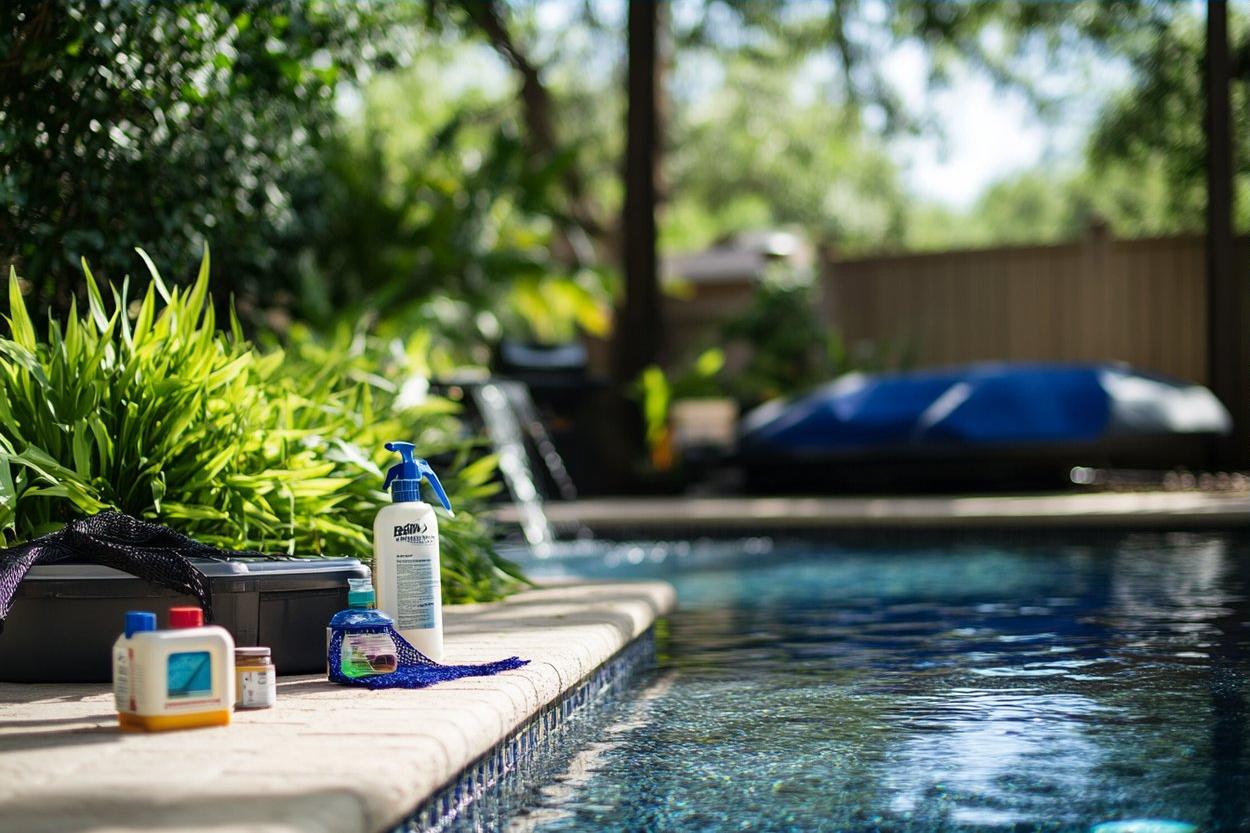Pool Covers: Smart Solutions for Safety, Cleanliness, and Efficiency
A well-chosen pool cover can transform how you use and maintain your swimming pool. Beyond the obvious benefit of keeping debris out, covers improve safety, reduce maintenance, and help preserve water and chemicals. Whether you have a compact backyard plunge pool or a larger in-ground installation, understanding the types, features, and best practices for pool covers will help you protect your investment and enjoy cleaner, safer swimming all season long.

How does a pool cover protect your pool?
A pool cover creates a barrier between the pool surface and the environment, which keeps leaves, dirt, and insects from fouling your water. That reduces filter and pump workload and lowers the frequency of vacuuming and skimming. For households with children or pets, many covers are rated for safety and can prevent accidental falls. Covers also limit UV exposure, slowing chemical breakdown so chlorine and other sanitizers last longer. Routine inspection and proper anchoring are essential to ensure a cover provides reliable protection.
How to choose a swimming pool cover type?
Selecting the right swimming pool cover depends on climate, usage patterns, safety needs, and budget. Common types include solar blankets (bubble-style vinyl) that retain heat and reduce evaporation, mesh or solid safety covers for seasonal protection, and winter covers that resist debris and ice. Material matters: solid vinyl blocks sunlight and debris, mesh lets water through while trapping solids, and thermal materials prioritize heat retention. Consider ease of use—lightweight options and reel systems are convenient—while heavy-duty covers often require professional installation.
Are automatic pool cover systems worth it?
An automatic pool cover offers convenience and consistent protection with the flip of a switch or remote. These motorized systems retract or deploy a cover, usually woven vinyl or slatted panels, and integrate safety locks, sensors, and timers. They reduce labor and encourage regular use because operators are simpler than heavy winter covers. Automatic covers can also help maintain pool temperature and lower evaporation. Professional installation ensures the mechanism and tracks are properly aligned and that the system meets local safety standards and codes.
Can a cover improve your backyard’s safety and style?
A pool cover can be part of a backyard design plan rather than an eyesore. Low-profile automatic covers tuck into housings, while custom safety covers can be color-matched to decking and landscaping. From a safety perspective, certified covers add a passive layer of protection for children and pets without the need for constant supervision. Designers often combine covers with fencing, alarms, and lighting to create a cohesive safety strategy that complements aesthetics, preserves sightlines, and maximizes usable backyard space.
How do covers conserve water and reduce maintenance?
Covers play a key role in water conservation by minimizing surface evaporation and wind-driven loss, which is particularly useful in hot, arid climates or during droughts. By reducing evaporation, covers also decrease the frequency of topping up the pool and the amount of chemicals needed to maintain proper balance. Less debris means filters run more efficiently and require less backwashing, conserving water and energy. For best results, keep covers clean, remove standing water, and inspect seals to prevent unintended water seepage or contamination.
Pool cover maintenance is straightforward but important: rinse and dry covers before storage, remove leaves and debris frequently, treat standing water on solid covers to prevent algae, and lubricate moving parts on automatic systems per manufacturer guidance. Check straps, anchors, and stitching for wear, and schedule professional servicing for motors or track systems if you notice unusual noise or resistance. Proper care extends the cover’s life and maintains its performance season after season.
In summary, pool covers are a practical investment for safety, convenience, water conservation, and lower maintenance. Choosing the right type—whether a simple solar blanket, a heavy-duty safety cover, or an automatic pool cover—depends on your backyard layout, usage patterns, and priorities. With routine maintenance and attention to local safety requirements, a cover can enhance the enjoyment and longevity of your swimming pool without compromising design or functionality.






